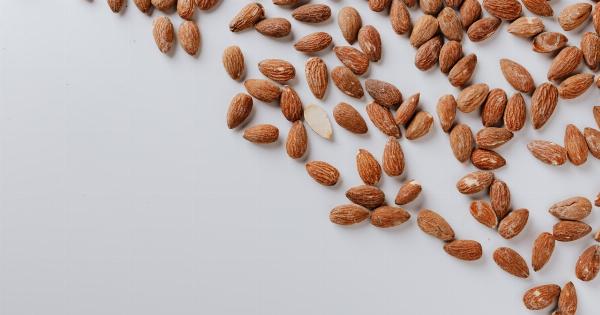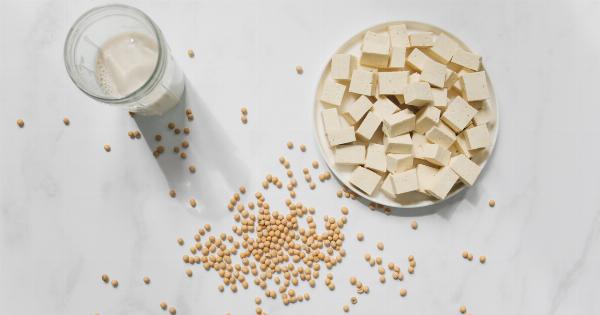Meat is an excellent source of protein, iron, and many other essential nutrients. However, it can also be high in calories and saturated fat, leading to weight gain and other health issues.
If you’re looking to reduce your meat intake without sacrificing flavor, here are four smart ways to do it:.
1. Swap Meat for Plant-Based Protein
Plant-based proteins, such as beans, lentils, and tofu, are an excellent meat alternative. They’re packed with protein and fiber, making them both filling and nutritious.
Plus, they can be prepared in a variety of delicious ways, from chili to stir-fry to tacos. Try swapping out meat with plant-based protein in one or two meals a week and gradually increase your intake. You may be surprised at how satisfying these dishes can be.
2. Use Meat as a Flavoring
You can still enjoy the flavor of meat without consuming a lot of calories. Use small amounts of meat, such as bacon, ham, or chorizo, to add flavor and depth to dishes.
For example, toss a few bacon bits into your salad or use a slice of ham in your sandwich. This tricks your taste buds into thinking you’re eating more meat than you actually are. Just be sure to monitor your portion sizes and choose lean meats when possible.
3. Choose Lean Cuts of Meat
Not all meat is created equal. Choosing lean cuts of meat, such as chicken breast or sirloin steak, can significantly reduce your calorie intake while still providing protein and other nutrients.
Avoid processed meats, such as hot dogs and sausages, which are typically high in sodium and fat. When cooking, opt for healthy preparation methods, such as grilling, baking, or broiling, and season with herbs and spices instead of oil and butter.
4. Go Meatless Once a Week
A great way to cut back on meat calories is to go meatless once a week. This not only reduces your calorie intake, but also allows you to experiment with new, delicious vegetarian recipes.
Try whipping up a vegetable stir-fry, roasted vegetable pasta, or sweet potato black bean chili. You may find that going meatless becomes a regular part of your routine.
Conclusion
Reducing your meat intake doesn’t have to be boring or tasteless.
By incorporating more plant-based proteins, using meat as a flavoring, choosing lean cuts of meat, and going meatless once a week, you can enjoy a variety of delicious and satisfying meals while cutting back on calories. Remember, small changes can add up to big results over time.





























